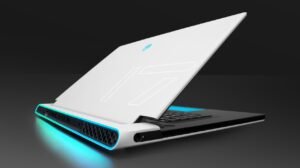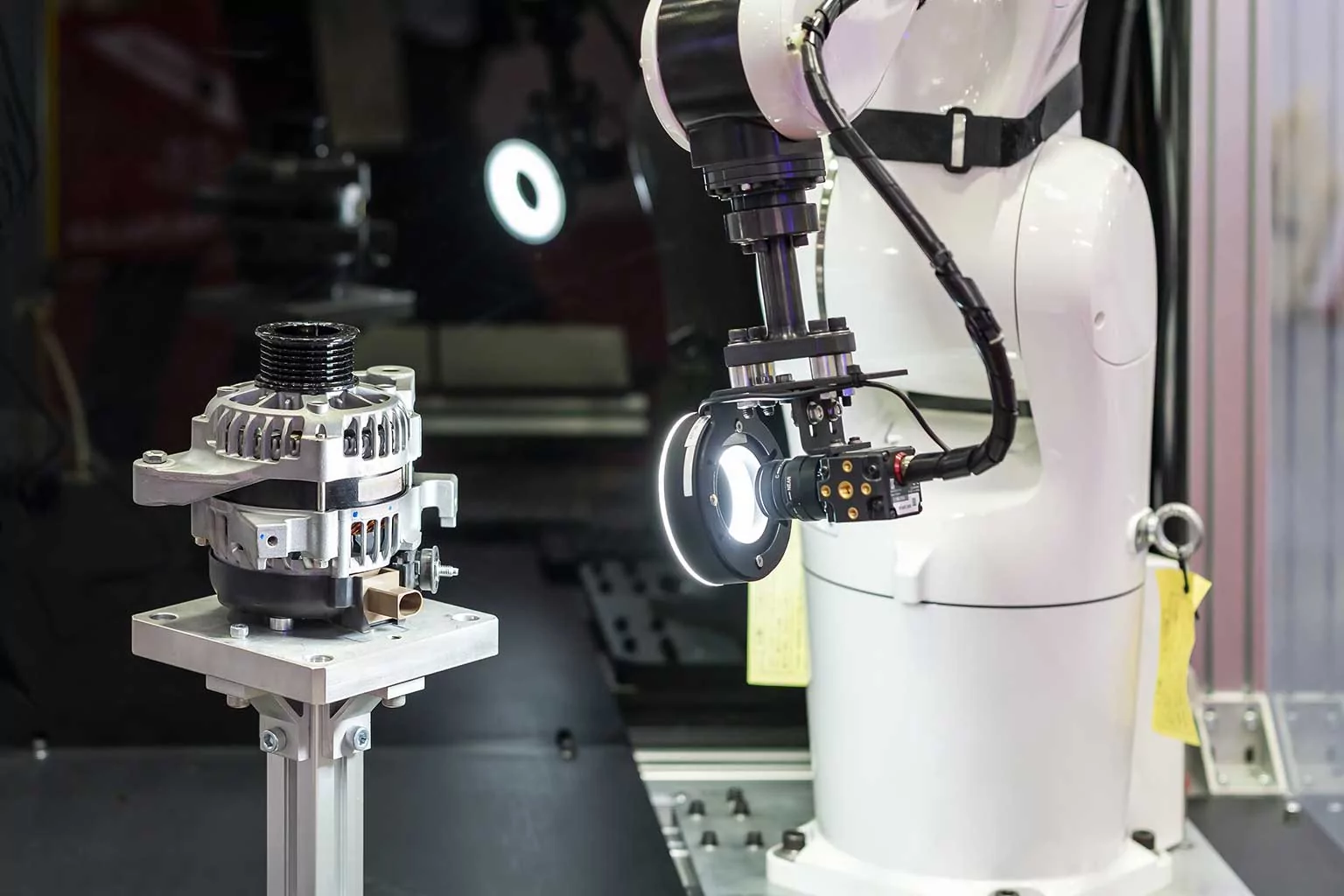In the rapidly evolving landscape of artificial intelligence, Nvidia has emerged as an undisputed leader, its graphics processing units (GPUs) powering the AI revolution. The company’s revenue has skyrocketed, fueled by the insatiable demand for AI applications across industries. Analysts predict Nvidia’s compound annual growth rate (CAGR) will reach an impressive 33% through 2026, a testament to its dominance in the AI hardware market. However, as the AI landscape continues to evolve, several other companies are poised to challenge Nvidia’s reign.
The Challengers: Agile Innovators in the AI Arena
While Nvidia basks in the spotlight, a constellation of innovative companies is quietly making strides in the AI sector. These challengers, armed with cutting-edge technologies and ambitious strategies, are vying for a share of the AI pie. Companies like Advanced Micro Devices (AMD), Marvell Technology, and Broadcom are leveraging their expertise in semiconductor design and manufacturing to develop AI-optimized chips that could rival Nvidia’s GPUs. These challengers bring fresh perspectives and disruptive technologies to the table, potentially reshaping the AI hardware landscape.
The Battle for AI Supremacy: Key Factors to Watch
The competition in the AI hardware market is heating up, and several factors will determine which companies emerge victorious.
- Technological Innovation: The ability to develop faster, more efficient, and cost-effective AI chips will be crucial. Companies that can push the boundaries of performance and deliver groundbreaking solutions will gain a competitive edge.
- Market Adoption: Building a strong ecosystem of partners and customers is essential. Companies that can secure early adopters and establish their technologies as industry standards will have a significant advantage.
- Strategic Partnerships: Collaborations with key players in the AI ecosystem, such as cloud service providers and software developers, can accelerate growth and expand market reach.
The Road Ahead: A Dynamic and Competitive Landscape
The AI hardware market is poised for significant growth in the coming years, driven by the increasing adoption of AI across industries. Nvidia, with its established leadership and robust product portfolio, is well-positioned to capitalize on this trend. However, the challengers are nipping at its heels, eager to disrupt the status quo. The battle for AI supremacy is far from over, and the next few years promise to be a thrilling ride.
Delving Deeper: Analyzing the Challengers
Let’s take a closer look at some of the key players that could challenge Nvidia’s dominance in the AI hardware market.
Advanced Micro Devices (AMD): A formidable competitor in the GPU market, AMD is aggressively pursuing the AI space. Its Instinct MI300 accelerators, designed for high-performance computing and AI workloads, are poised to compete directly with Nvidia’s offerings. AMD’s focus on delivering cost-effective solutions and its strong relationships with cloud service providers could make it a serious contender.
Marvell Technology: A leader in data infrastructure semiconductor solutions, Marvell is expanding its portfolio to include AI-optimized chips. Its OCTEON processors, designed for networking and security applications, are increasingly being used in AI inference workloads. Marvell’s expertise in data center technologies and its focus on energy efficiency could give it an edge in the AI market.
Broadcom: A diversified semiconductor company, Broadcom is leveraging its expertise in networking and storage technologies to develop AI-optimized solutions. Its Jericho3-AI fabric, designed for high-bandwidth and low-latency AI workloads, is gaining traction in the data center market. Broadcom’s strong financial position and its focus on enterprise solutions could make it a formidable player in the AI space.
Beyond the Big Three: Emerging Players to Watch
In addition to the established challengers, several emerging companies are making waves in the AI hardware market. These include:
- Graphcore: A UK-based startup, Graphcore is developing intelligence processing units (IPUs) specifically designed for AI workloads. Its IPUs boast impressive performance and power efficiency, making them attractive for various AI applications.
- Cerebras Systems: Another startup, Cerebras Systems, is pushing the boundaries of AI chip design with its Wafer Scale Engine (WSE). The WSE is the largest chip ever built, offering unprecedented compute density and performance for AI workloads.
- SambaNova Systems: This startup is developing reconfigurable dataflow architecture for AI and high-performance computing. Its Cardinal SN30 system offers impressive flexibility and performance, making it suitable for various AI workloads.
These emerging players, with their innovative technologies and disruptive approaches, could significantly impact the AI hardware landscape in the coming years.
The Investor’s Perspective: Navigating the AI Boom
The rapid growth of the AI market presents exciting opportunities for investors. However, it’s essential to carefully evaluate the risks and rewards associated with investing in AI hardware companies. Nvidia, with its established leadership and strong growth prospects, remains an attractive option for many investors. However, the challengers, with their potential for disruptive innovation and rapid growth, could also offer significant upside.
Investors should consider factors such as technological innovation, market adoption, strategic partnerships, and financial strength when evaluating AI hardware companies. Diversification across multiple companies and technologies can help mitigate risks and maximize potential returns.
The AI hardware market is a dynamic and rapidly evolving space. Nvidia’s current dominance is undeniable, but the challengers are closing in. The next few years will witness a fierce battle for AI supremacy, with technological innovation, market adoption, and strategic partnerships playing crucial roles.
As an AI enthusiast and investor, I’m excited to see how this competition unfolds. The AI revolution is just beginning, and the companies that can deliver the most innovative and impactful solutions will reap the rewards. Whether it’s Nvidia, AMD, Marvell, Broadcom, or one of the emerging players, the future of AI hardware is bright.



















Add Comment